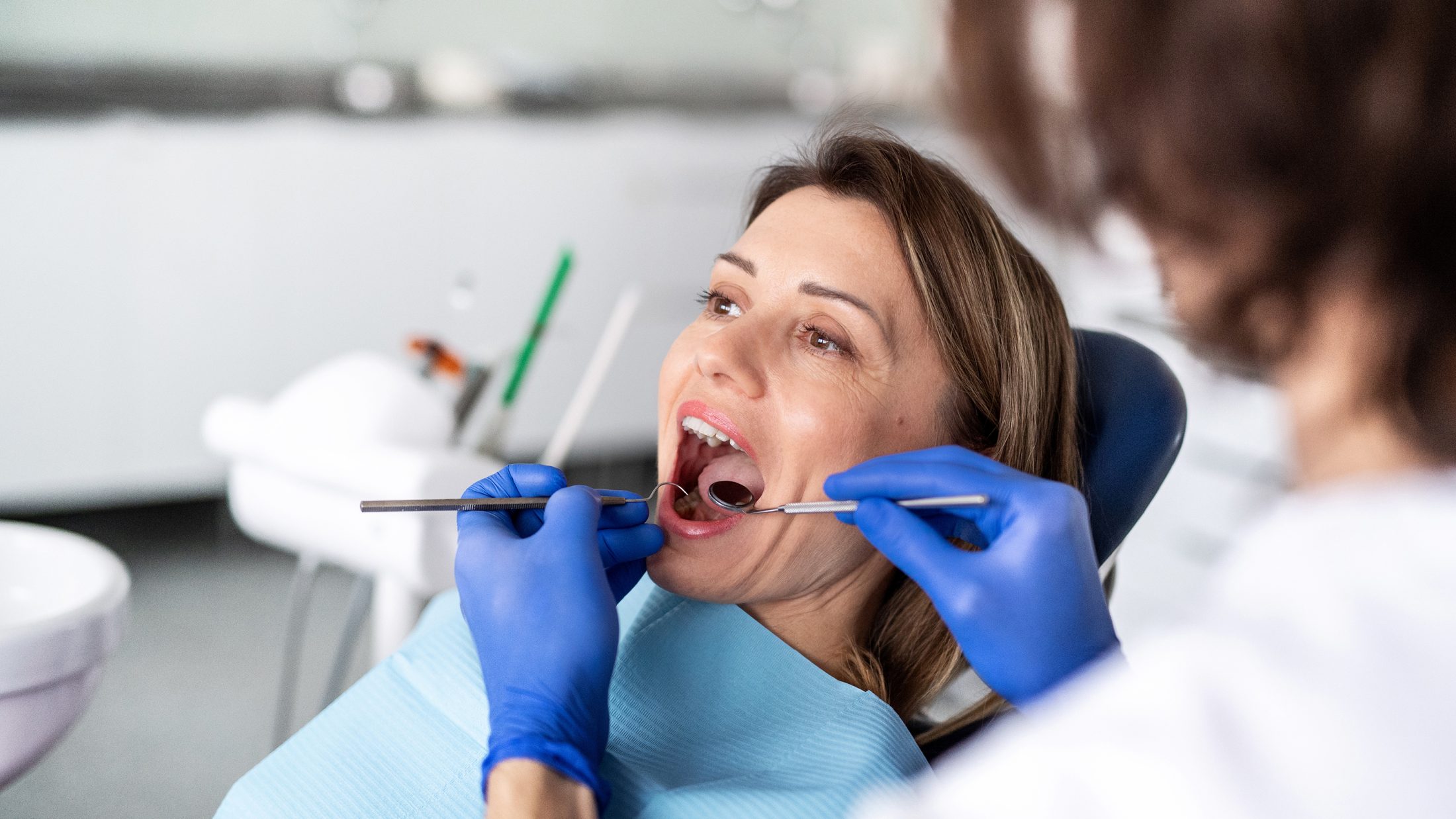
Periodontal Treatment
Periodontal Disease Treatment
What to expect with Periodontal Treatment.
When an adult patient comes in for a routine cleaning one of the services the Dental Hygienist completes is called periodontal probing. This is the practice of using an instrument called a probe that has millimeter markings on it. This instrument is inserted in the pocket between the tooth and the gum tissue. Probing serves to give information regarding how deep the pocket is, informing the hygienist how deep they must clean. Readings are 4 millimeters or greater (can go up to 12mm) are an indicator of a patient’s bone loss.
When a patient has these deeper pockets with heavy amounts of bacteria build up, they may require a special type of cleaning known as scaling and root planing, otherwise, known as a deep cleaning.
A deep cleaning typically requires 4 total appointments and at each appointment the patient is numbed using local anesthesia and a quadrant of their mouth is cleaned. This cleaning is done with the hopes that bone levels will remain stable and healing will begin to occur.
In some instances, risk factors for this disease could be a result of patient habits such as smoking, and in others, it may be due to the type of bacteria a patient has in their mouth. For this reason, in aggressive cases of periodontal disease, a patient may be encouraged to take a prescribed antibiotic to help minimize the amount of bone destroying bacteria.
Once a deep cleaning is completed, the patient is then encouraged to return more frequently for cleanings to maintain the bone levels and gum health. Many of these patients are returning every 3 to 4 months for a periodontal maintenance cleaning.



